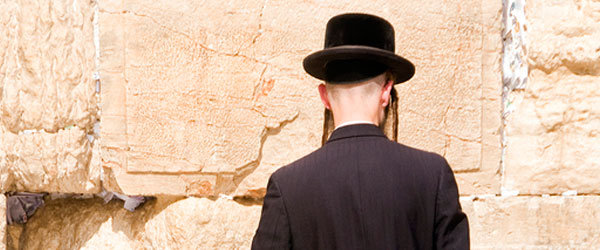
Last week, my family and I went on a crazy trip to New York City — crazy because we drove for, essentially, three days to be in the city for one full day, an evening and a morning. Nuts. But fun.
It all started with a Groupon for a hotel in Williamsburg. We were thinking the Williamsburg we knew when we lived there: where our friends lived, where Michael’s band, The Haints, practiced and did weekly open mic nights at the local pizza parlor. We knew the neighborhood had been gentrified, with new hotels and everything, and were excited to stay there.
However, out hotel was in way South Williamsburg, in a Hasidic Jewish neighborhood. We were expecting to hang out with young, rich hipsters and wound up intruding into an old, old world in which we were not welcome.
It was fascinating to walk the same sidewalks (although not always: they crossed the street to avoid us if they could) with men with silky, long curls bobbing on either side of their faces, dressed all in black until Friday night and Saturday morning, when some men sported white knee socks, black loafers, UFO-shaped fur hats, and beautiful black and white fringed prayer shawls. The women were less interesting to look at, but that’s the point of their clothing traditions.
When I run across groups that separate themselves so fully and deal with strangers so suspiciously, I tend see their culture as fear based. Fear of contamination by the other, fear of dilution of belief, fear of female sexuality (which is actually fear of male sexuality, as if seeing the outline of a thigh or unadorned hair will drive men insane with lust). I have no problem with modesty and I appreciate the comfort they may take in their clothing traditions, the pride in expressing their culture so visibly. I admire their determination to be who they are in the face of pressure to conform to the wider society. But fear-based, nonetheless.
And then, upon coming home and doing a little reading on Hasidism, I come across this description of their message and lifestyle: they “stressed joy, faith, and ecstatic prayer, accompanied by song and dance.”
That sounds like my church, and like me. The white denomination I grew up in stressed knowledge of God, but my multiracial church stresses experiencing God, hearing from God, freely expressing joy in God, deepening faith and trust in God. I’ve been known to go up front and dance (sometimes planned, sometimes not), to raise my hands and do actions while singing, to twirl my big purple ribbon on a stick, to cry, to immerse myself in the experience of worship in a way that might make people suspicious of emotion in worship uncomfortable.
It’s interesting that a group that stresses joy in following God’s decrees is beyond strict about following them.
When I read all those decrees in the Old Testament last year, I was struck by what seemed to be God’s tone: desperation. It felt less like a precise list of what you must do to be holy than a plea to do anything, anything to help you remember the Lord: as in, “Wear my words in a box and tie it to your arm, wear tassels on your garments so you see them flapping and think of me, write the words of the Shema on your doorposts — whatever it takes!”
Indeed, the people we saw in South Williamsburg must find it impossible to ever forget God and the history of what God has done for them. Even the simple act of getting dressed is spiritual. In my entirely modern world, it’s easy to forget God, to slide through my day without taking even five minutes to read the Bible. I’d had a strong almost-daily habit of Bible reading and prayer, but I’ve gotten haphazard again. I need better remembering. Not to the point of shaving my head and wearing a wig and scarf in public, but something. Something joyful.
Used by permission.
Original post can be found HERE.



